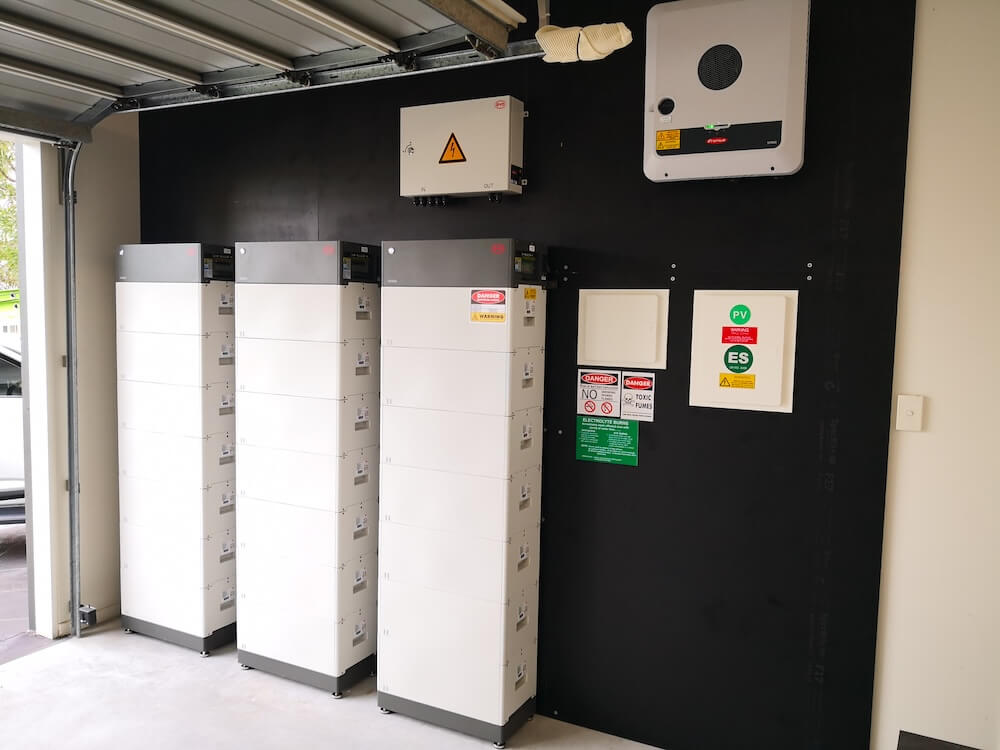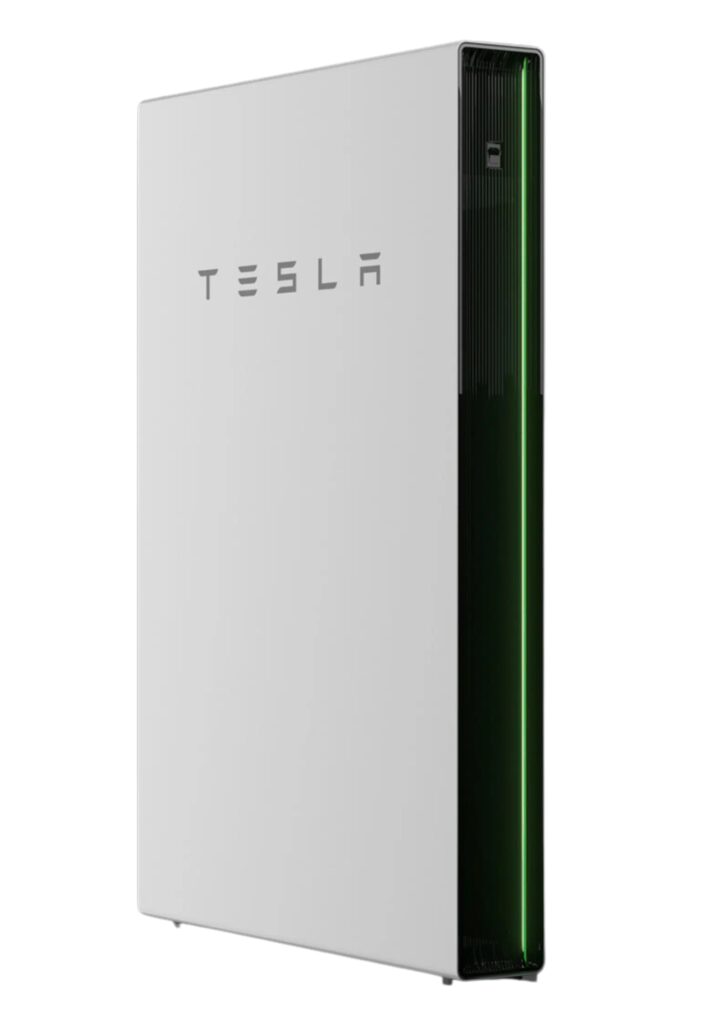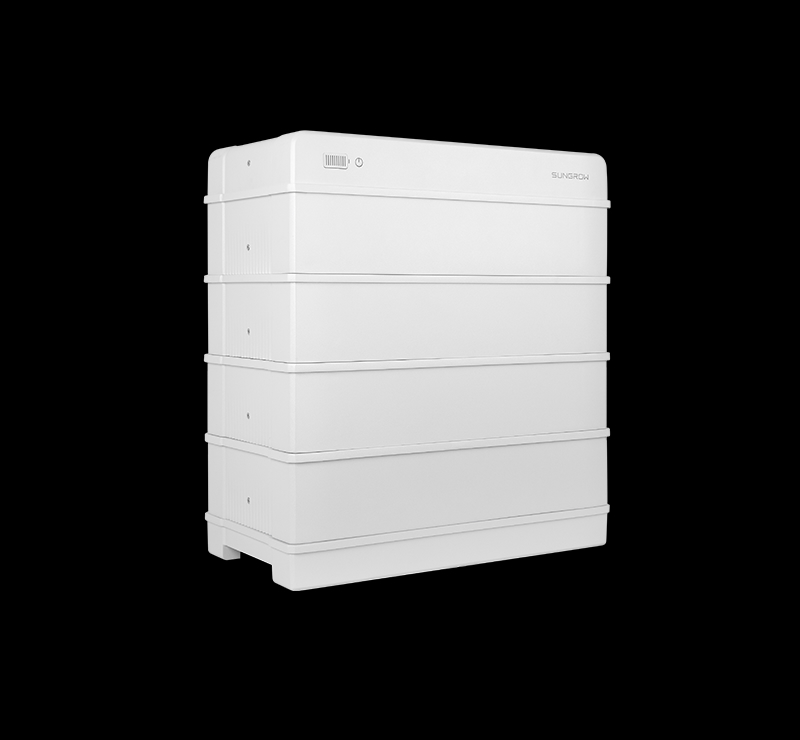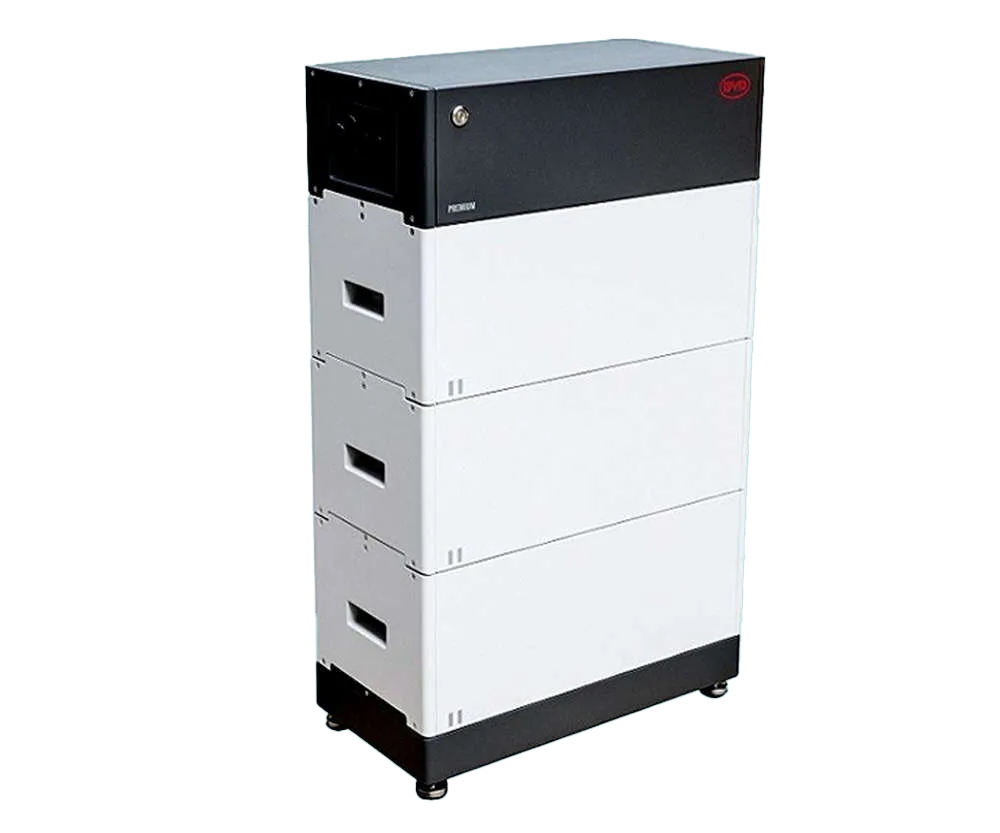Solar energy adoption in Australia has grown significantly in recent years. With an increasing focus on sustainability, solar batteries have become a crucial component for homeowners and businesses seeking to maximise their renewable energy use. This guide explores the growing popularity of solar batteries, their technical specifications, costs, and reliability.

The Rising Popularity of Solar Batteries
Solar batteries have revolutionised how Australians use solar power. These systems store excess energy generated during the day for use at night or during cloudy conditions, enhancing energy independence. As electricity prices rise, many Australians see solar batteries as a way to save on utility bills while reducing their environmental footprint.
Government incentives and rebates have also played a significant role in boosting solar battery adoption. As a result, solar batteries have become a popular investment for households and businesses.
Technical Specifications of Solar Batteries
Understanding the technical aspects of solar batteries is essential when choosing the right system. Here are some key specifications to consider:
- Capacity: Measured in kiloWatt-hours (kWh), capacity determines how much energy a battery can store. Residential systems typically range from 5 kWh to 15 kWh.
- Power Output: This indicates how much energy the battery can deliver at once. Higher power outputs are ideal for running multiple appliances simultaneously.
- Depth of Discharge (DoD): DoD represents the percentage of a battery’s capacity that can be used without affecting its lifespan. Most modern batteries offer a DoD of 80% or higher.
- Efficiency: Efficiency measures the percentage of stored energy that can be converted back into usable electricity. Leading brands provide efficiencies of 90% or more.
- Lifespan and Warranty: Solar batteries typically last between 5 and 15 years, with warranties covering a portion of this time.
Popular solar battery brands in Australia, such as Tesla, LG Chem, and Sonnen, offer a range of products to suit different needs. Each brand provides detailed specifications, ensuring consumers can make informed decisions.
How Much Do Solar Batteries Cost?
Solar batteries in Australia remain a popular choice for homeowners seeking energy independence and backup power. The cost of a solar battery depends on its capacity, brand, and installation complexity. Here’s an overview:
- Budget Models: $5,000–$7,000 (lower capacity, basic functionality).
- Mid-Range Models: $8,000–$12,000 (ideal for average households).
- Premium Models: $12,000–$17,000 (larger capacity, advanced features, and backup capability).
These prices often include installation and necessary components, though additional costs for hybrid inverters or backup systems might apply.
Below is a general price range for some popular models:
1. Tesla Powerwall 3
- Capacity: 13.5 kWh
- Output: 10 kW (peak)
- Price: Starting at $11,900 (base unit), with installation costs bringing the total to approximately $15,000–$17,000.
- Features: Integrated inverter, backup capability, and a sleek design.
- Why Choose It: Reliable, high-capacity solution is ideal for homes with high energy needs. Backed by Tesla’s robust support and a 10-year warranty.

2. Sungrow SBR HV Battery
- Capacity: Modular, starting at 9.6 kWh and expandable up to 25.6 kWh.
- Output: 5 kW
- Price: $11,000–$13,000 (installed, depending on configuration).
- Features: Durable design, excellent compatibility with Sungrow inverters, and modular expandability.
- Why Choose It: Affordable and flexible, perfect for households seeking customisable energy storage options.

3. BYD Battery-Box Premium HV
- Capacity: 10.2 kWh (base) to 22.1 kWh (expanded).
- Output: 5 kW
- Price: $12,000–$14,000 (installed, depending on size).
- Features: Scalable design, high energy density, and compatibility with leading hybrid inverters.
- Why Choose It: Trusted by Australian homeowners for its scalability and reliability. Comes with a 10-year performance warranty.
While the upfront investment may seem high, government rebates and incentives can reduce the overall cost. For example, some states offer battery-specific rebates or incentives that can lower prices significantly.

Battery Rebates and Incentives in 2025
The following battery programs offered in these states and territories help reduce costs for eligible homeowners and businesses.
Queensland
Battery Booster Program, which provided a subsidy of up to $4,000 for home batteries, ended on 8 May 2024. Currently, no subsidies for batteries are available in Queensland.
New South Wales
Starting 1 November 2024, a new battery incentive in NSW has been introduced, significantly reducing the cost of solar batteries. Additionally, participants can receive payments for joining a Virtual Power Plant (VPP). More information.
ACT
The Sustainable Household Scheme offers zero-interest loans to support the cost of energy-efficient upgrades, such as solar panels and batteries. Loan amounts range from $2,000 to $15,000 and can be repaid over a period of up to 10 years. Further details.
Victoria
The Solar Homes Program in 2024-25 offers 4500 interest-free solar battery loans of up to $8,800. As of December 2024, 1244 loans remain. Further information.
Northern Territory
Home and Business Battery Scheme – as of 1 December 2024, eligible homeowners and businesses can access a grant of $400 per kilowatt hour of useable battery system capacity, up to a maximum grant of $12,000. More information.
The Reliability of Solar Batteries
Reliability is a key consideration when investing in solar batteries. Modern lithium-ion batteries, which dominate the market, are renowned for their durability and performance. These systems are designed to withstand Australia’s diverse weather conditions, from scorching summers to cooler winters.
Manufacturers provide warranties to ensure peace of mind. A typical warranty guarantees a certain number of charge cycles or years of operation, ensuring that the battery maintains a specified capacity over time. Regular maintenance and proper usage further enhance reliability and longevity.
Additionally, advanced monitoring systems allow users to track their battery’s performance in real time. These tools help identify potential issues early, ensuring optimal operation.
Why Invest in Solar Batteries?
Investing in solar batteries is a smart choice for Australians looking to harness renewable energy effectively. The combination of rising energy prices, government incentives, and technological advancements makes solar batteries more accessible than ever. By storing excess solar energy, households and businesses can reduce their dependence on the grid and lower their energy bills.
Moreover, solar batteries contribute to environmental sustainability by maximising the use of renewable energy. With the growing demand for clean energy solutions, these systems are set to play an even greater role in Australia’s energy future.
Conclusion
Solar batteries have become an essential part of Australia’s renewable energy journey. Their popularity continues to rise, driven by their ability to provide energy independence, cost savings, and environmental benefits. With a range of options available, understanding technical specifications, costs, and reliability factors is crucial.
In 2025, investing in solar batteries offers a practical and forward-thinking solution for energy storage. Whether you’re a homeowner or a business owner, these systems provide an opportunity to embrace a greener and more sustainable future.